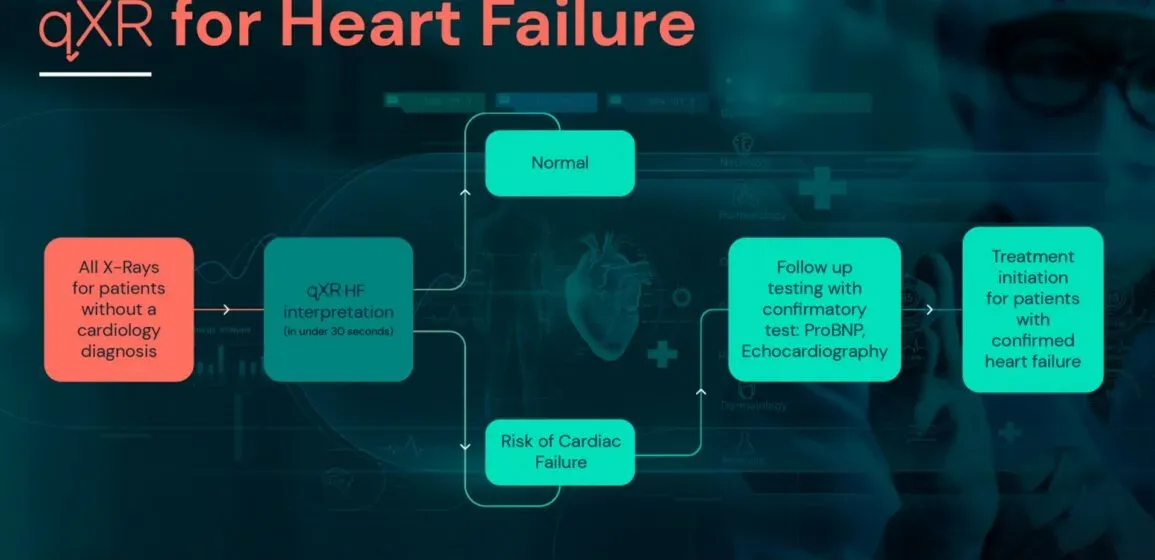Heart failure affects 6.2 million Americans each year, costing the US healthcare system $30.7 billion. Heart failure occurs when the heart cannot pump enough blood to meet the body’s needs. Early detection is critical in the treatment and management of heart failure. The use of AI in detecting heart failure on chest X-rays has the potential to improve the accuracy and speed of diagnoses significantly.

Back
Heart failure is a severe and potentially life-threatening condition affecting millions worldwide. Heart failure is a serious and growing health concern in the United States, affecting 6.2 million Americans yearly. It is the leading cause of hospitalization in those over 65 years of age, contributing to the staggering $30.7 billion in estimated spending each year by the US healthcare system on heart failure alone. Hospitalization accounts for most of these costs, which are expected to increase to at least $70 billion annually by 2030.
This condition occurs when the heart cannot pump enough blood to meet the body's needs, leading to shortness of breath, fatigue, and swelling. Despite advances in medical technology and treatments, heart failure remains one of the country’s leading causes of death and hospitalization.
AI to the resQue
Leveraging recent advances in medical technology, early detection, and faster time-to-treatment make increased survivability possible. In addition, by identifying and effectively managing risk factors such as high blood pressure and diabetes, healthcare professionals, patients, policymakers, and technology innovators can work together to help reduce the impact of this debilitating condition and improve the lives of those affected by heart failure.
Early Detection
Early detection is critical in managing this condition, as the sooner it is diagnosed, the better the chances of recovery. Chest X-rays have long been used as a diagnostic tool in detecting heart failure, but this process has become much more precise and efficient with the advent of artificial intelligence (AI).
Qure's qXR for Heart Failure
Qure.ai’s Artificial Intelligence algorithm, qXR-HF, helps in the early detection of heart failure on chest X-rays by analyzing and interpreting abnormalities on medical imaging outputs. AI algorithms can identify patterns and features in X-rays that may indicate heart failures, such as an enlarged heart, abnormal cardiothoracic ratio, or fluid buildup (Pleural effusion) . These algorithms can quickly process images in less than 60 seconds, allowing for early and efficient diagnoses. Additionally, qXR-HF can help reduce human error and improve accuracy in detection. This is particularly important in the case of heart failure, as early detection can greatly improve the chances of successful treatment and recovery.
A significant advantage of using AI in detecting heart failure is improved accuracy. In addition, AI algorithms are less prone to human error and can help reduce misdiagnosis risk, leading to delayed treatment and potentially serious medico-legal consequences.
The use of AI in detecting heart failure on chest X-rays has the potential to greatly improve the accuracy and speed of diagnoses. By leveraging the power of AI algorithms, technology can help healthcare professionals make more informed decisions and provide patients with the best possible care. As the field of AI continues to evolve and improve, we will likely see even more advanced applications in the diagnosis and treatment of heart failure and other conditions.